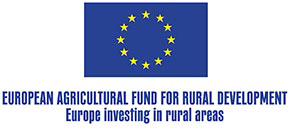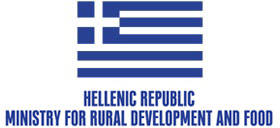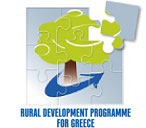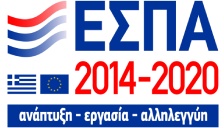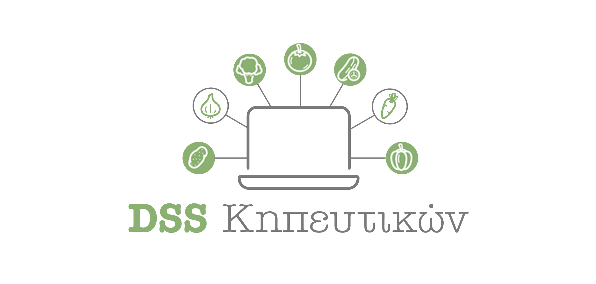Nutrisense: The Innovative Software that Increases Yields and Reduces Fertilizer Use

The software led to significant fertilizer savings and improved yields for farmers who participated in the trial. It was created by Professor Dimitris Savvas, head of the Laboratory of Vegetable Crops at AUA, together with his research team under Measure 16 ‘Cooperation’ and the Operational Group ‘DSS-KIPEFTIKON’. They collaborated with the Agricultural Cooperative ‘Psaris’ and GAIA EPICHEIREIN, the coordinating body of the group, to implement it.
Last year, the program was piloted by three cucumber producers from the Psaris Agricultural Cooperative—one cultivating in soil and two using hydroponics.
Soil and water analyses were carried out and recorded into the software, which then generated a fertilization plan tailored to each crop. “We followed the fertilizer amounts recommended by the software and observed very positive results”, said Manolis Papadakis, manager and treasurer of the Cooperative. “As a result, we decided to expand its use to all cooperative members.”
According to Mr Papadakis, most cooperative farmers are between 40 and 45 years old and thus open to adopting new cultivation methods. The cooperative enabled all members to conduct water and soil analyses on their plots, thus creating a database of information on the condition of natural resources in each farming operation.
The analyses revealed that many fields had excess levels of certain nutrients, making further fertilization unnecessary—or even harmful. For example, the local water was found to contain high calcium levels, which the farmers were unaware of, meaning calcium-based fertilization was not required.
Farmers could then input their soil and water data into the software and receive precise fertilization instructions to achieve optimal results with minimal input. A training seminar was held in January to teach farmers how to correctly input their data into the platform. Users described the software as impressive: “It gives you a formula that tells you how much nitrogen, phosphorus, potassium, and calcium to apply.”
The cooperative’s goal is to reduce fertilizer usage by up to 20%. However, Mr Papadakis is optimistic that reductions could be even greater. Meanwhile, the university’s scientists continue to enhance the software’s accuracy and capabilities by incorporating new variables based on the data collected.
As the project nears completion, further data will soon highlight the benefits of precision fertilization based on scientific analysis and monitoring.
